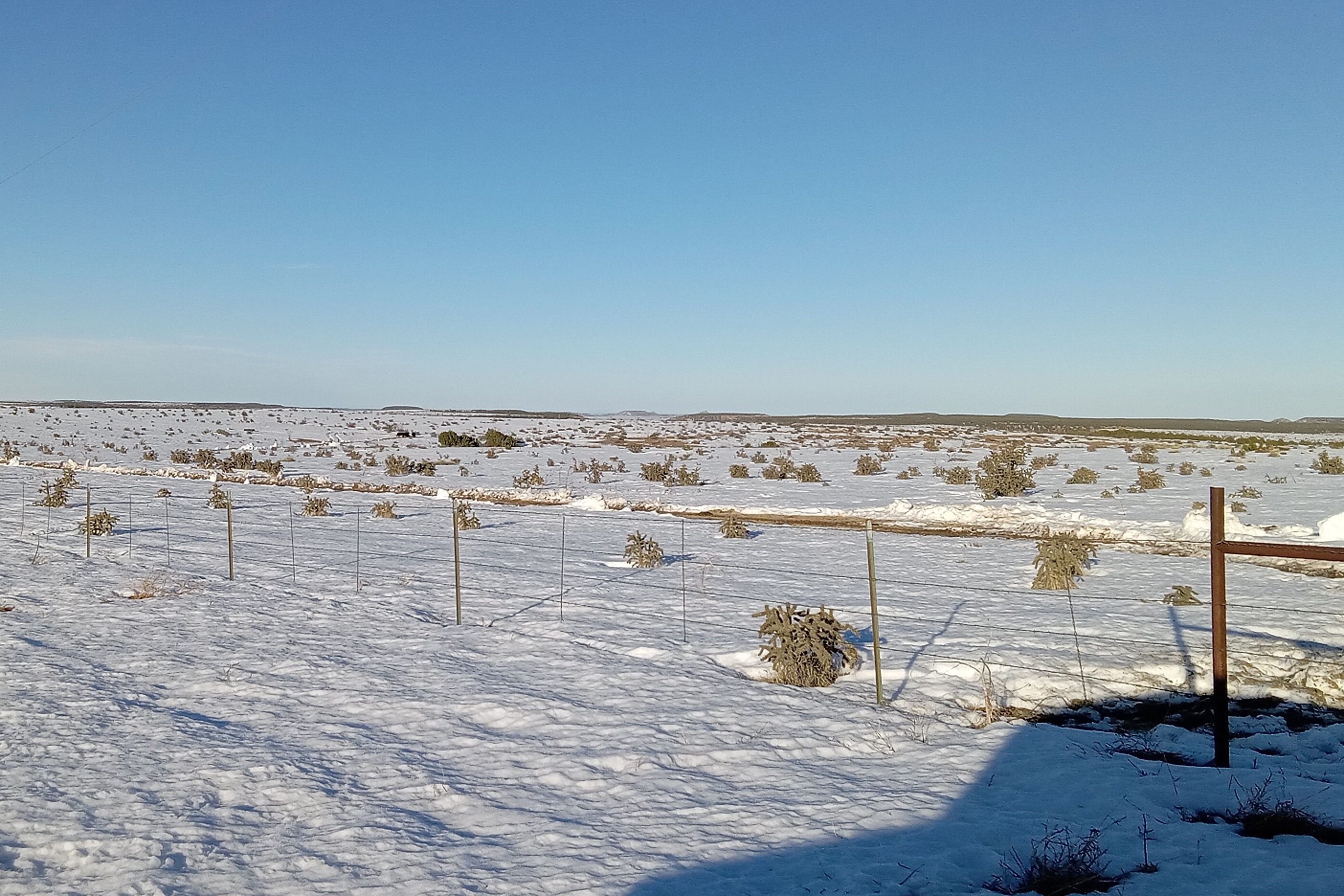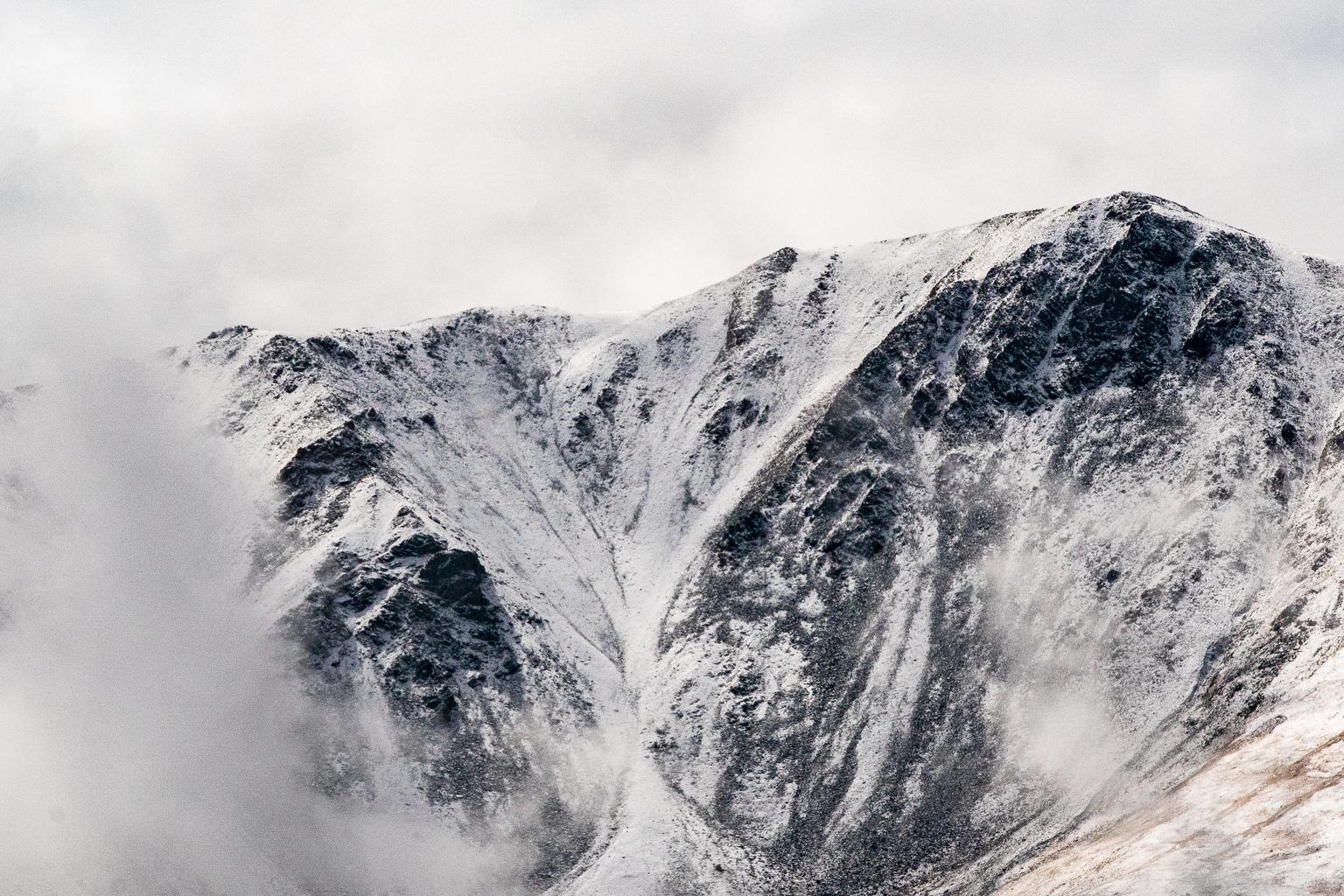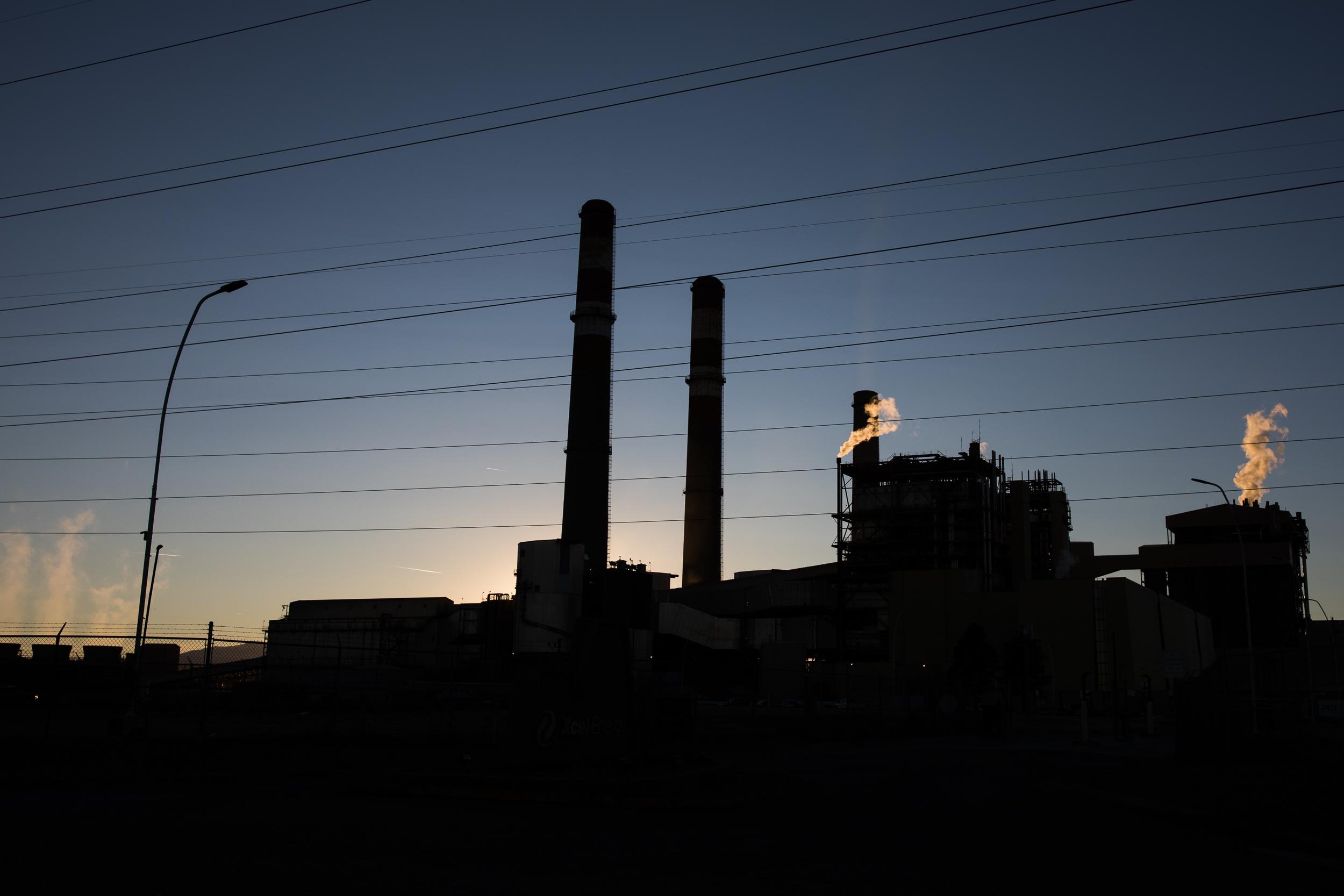
For many who live on the Front Range, early November’s snowstorm is all but forgotten. The only remnants are high piles of dirty snow in parking lots or solid puddles hiding among the shadows.
It’s an entirely different story in the ranching country of southeastern Colorado.
“The snow has continued to melt,” said Julie Sumpter by email Monday, Nov. 18, “making the roads and pastures almost impassable in many places.”
Sumpter is a resident and rancher in the Kim and Branson areas of southeastern Colorado. She’s also the secretary of the Southern Colorado Livestock Association, which she said represents about 150 members in the southern and eastern parts of the state.
Preliminary data from the National Weather Service in Pueblo shows that over five days ranging from Nov. 5-9, Colorado Springs received anywhere from 12 to 26 inches of snow. The official reading from the airport shows 19.3 inches of snow.
While that’s a lot, it’s a far cry from the record-breaking depth of 47.1 inches at Lake Trinidad. On the Eastern Plains, Kim recorded around 30-36 inches.

Sumpter said it was even more in some places.
“And I’m talking on the level,” she said, “which, it’s very challenging to walk through… and it’s to the point that cattle and horses couldn’t walk through without a lot of difficulty.
”It really was a danger for man and beast to be out there.”
She said even a week after the storm, cattle still couldn’t graze on the pastures and ranchers still needed to provide pathways to fresh water.

By now, Sumpter said most ranchers have been able to reach their cattle to feed them, some using snowmobiles. But she said at least one member of the Southern Colorado Livestock Association reported losing cattle.
“I think there’s a couple of reasons that we can probably say we haven’t had more loss,” she said. “We’re not having bitter cold. And we didn’t have the bad wind with it. It wasn’t a blizzard.”
She also cited a lack of calves this time of year as a reason for limited losses.
Despite the warmer temperatures and melting snow, Sumpter said ranchers will have some challenges for weeks to come.
”We’ve had good moisture,” she said, “and we’ve been blessed with good warm days to start melting the snow.
“But now the new challenge is … the snow is melting underneath and it’s muddy with these nice warm days. So the ranchers are fighting the snow on top and the mud underneath.
“And this will be a challenge now for probably a couple of weeks until it dries out to where we don’t have to make our way through the mud.”

Still, Sumpter, who is from the area and has seen a number of bad snowstorms, is grateful for the moisture.
"We've been blessed with good moisture, and we've been blessed with good warm days to start melting the snow. But the ground is still covered," she said a week after the storm.
She also said she's grateful for the emergency declaration from Las Animas County and the governor’s office, which makes available state funds.
Governor Jared Polis also activated the Colorado National Guard to help with emergencies.
“We thank the governor,” she said. “We thank the National Guard, and we thank especially the county of Las Animas that sent the equipment out to open up roads and help the ranchers get to their cattle. Much appreciated.”
Data from the National Weather Service in Pueblo also shows that Holly, Walsh, and Sheridan Lake—all on the far eastern side of the state—received all rain with this storm system.
Regardless, some folks saw record precipitation for the five days. Others, already for November, even though the month hadn’t reached its halfway point.
The aforementioned Walsh, for example, received nearly 6 inches of rain, besting the previous record for precipitation in November of 3.12 inches set in 2004. That’s according to the National Weather Service in Pueblo for the period of record since 1940.









